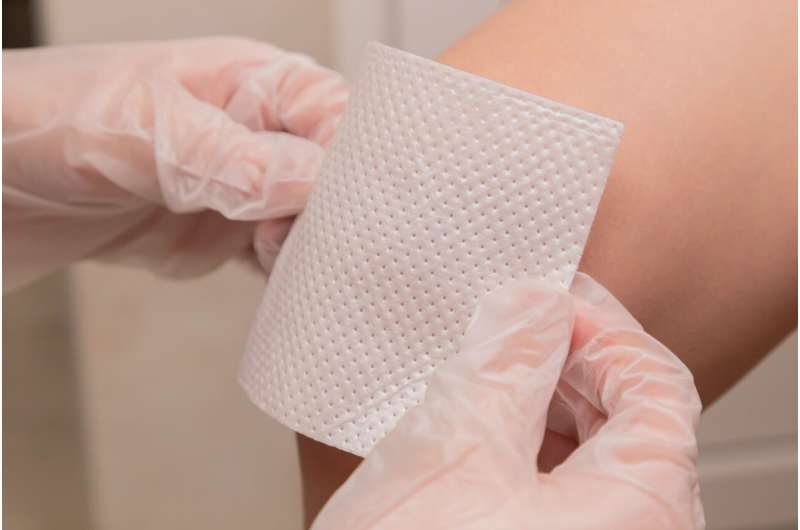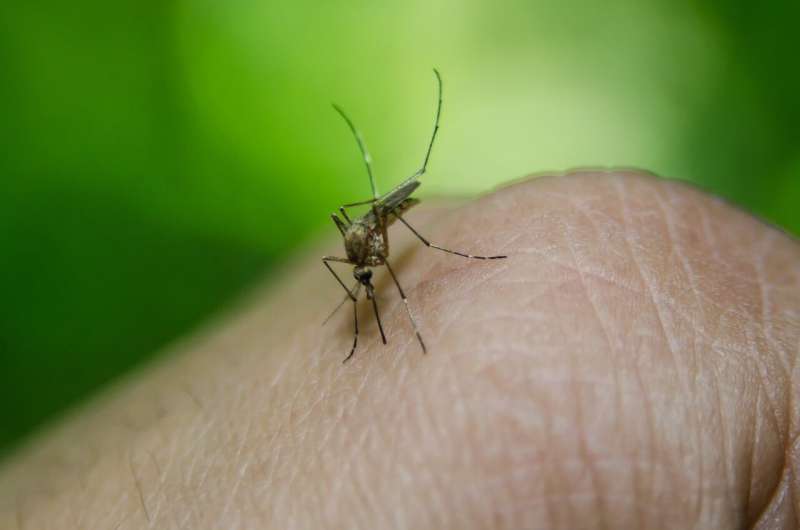Breakthrough in Treating Rare, Painful Skin Disorder After 20 Years of Research

Patients suffering from severe dystrophic epidermolysis bullosa (EB), a rare genetic skin condition characterized by extremely fragile skin that blisters and forms large, painful wounds, now have a new, FDA-approved treatment developed through over two decades of dedicated research at Stanford Medicine. EB affects approximately 1 in 500,000 people worldwide and results from a defect in the gene responsible for producing collagen VII, a crucial protein that acts as a molecular staple holding the skin layers together.
In individuals with this condition, the absence or malfunction of collagen VII causes the skin to separate with minimal friction, leading to persistent wounds, intense pain, and itching. These vulnerable skin areas are often covered with dressings from head to toe, earning these children the nickname "butterfly-skin children" because of the fragility of their skin. The disease not only causes pain and infection risks but also increases susceptibility to skin cancer due to ongoing inflammation.
The groundbreaking treatment involves the use of genetically engineered skin grafts made from the patient’s own cells. The process begins with a small biopsy of the patient's healthy skin, which is then genetically modified in the lab to correct the defective collagen VII gene. These cells are cultivated into skin sheets approximately the size of a credit card over roughly 25 days. Surgeons then graft these bioengineered skins onto the patient's wounds. Because the grafts originate from the patient's own cells, the risk of immune rejection is significantly reduced.
This innovative therapy received FDA approval on April 29, marking a major milestone after extensive research, including early gene therapy experiments by Paul Khavari, MD, Ph.D., in 2003. Subsequent clinical trials at Stanford demonstrated the safety and effectiveness of gene-corrected skin grafts in patients, leading to licensing agreements with biotech companies like Abeona Therapeutics, which now manufactures these personalized grafts for use across several hospitals nationwide.
The development of these grafts builds on a long history of scientific progress. Initial experiments involved creating safe methods to genetically modify skin cells, which later evolved into clinical trials. The latest phase of trials showed promising results, leading to regulatory approval, and hopeful prospects for patients. The procedure involves extracting a small skin sample, genetically correcting it using a retrovirus, and growing the grafts over about a month. Once ready, dermatological surgeons attach the grafts to wounds, and patients typically stay in the hospital for about a week for recovery.
Patients who have received these grafts report a significant improvement in their quality of life. Many experienced relief from pain, lessening the need for extensive bandaging, and increased ability to participate in daily activities like attending school. Future therapies, such as a gene therapy gel approved in 2023, may prevent wound development if used early in the disease course. However, the skin graft represents a critical option for patients with existing wounds or those who do not respond to other treatments, offering hope to many affected by this devastating condition.
Stay Updated with Mia's Feed
Get the latest health & wellness insights delivered straight to your inbox.
Related Articles
BCG Revaccination Fails to Protect Against Persistent Tuberculosis Infection
Recent research reveals that BCG revaccination does not prevent sustained Mycobacterium tuberculosis infection, highlighting the need for new TB vaccines.
Breakthrough in Malaria Research: Protein Structures Pave the Way for Next-Generation Vaccines
Scientists uncover the detailed structures of key malaria parasite proteins, paving the way for innovative vaccines to block transmission and combat the disease.
Key Protein That Regulates Breast Cell Growth Could Help Prevent Cancer Spread
Researchers have identified a vital protein that controls breast cell growth and could be targeted to prevent cancer metastasis, opening new avenues for treatment.



